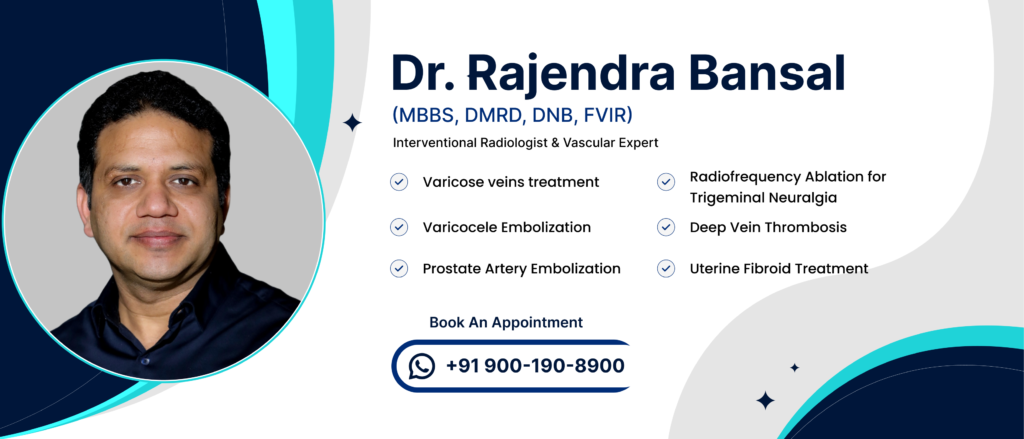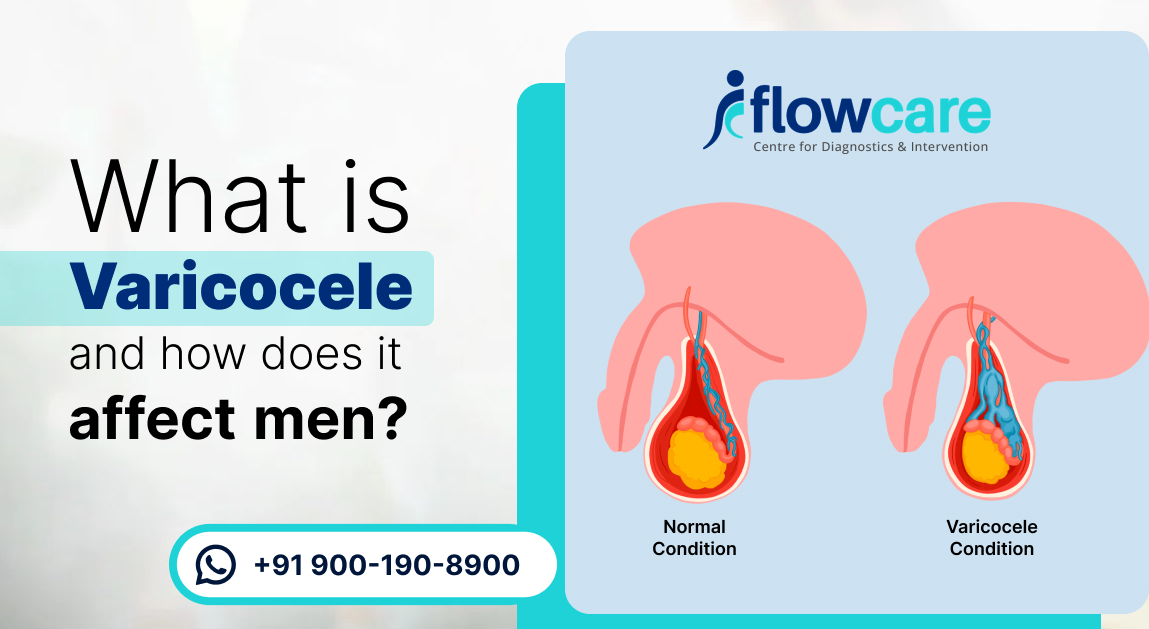
Symptoms and signs of deep vein thrombosis
Deep vein thrombosis is a serious medical condition in which a blood clot or thrombus, forms in a deep vein. It is also known as “venous” or “vein thrombosis“. In short and can also occur in the arms, pelvis, or other parts of the body. This condition affects millions of people around the globe and can have serious consequences if left untreated. There are several concerning DVT symptoms and signs that a person should be aware of; read on to learn about them:
- Pain or swelling in the leg: One of the most common symptoms of DVT disease is pain or swelling in the affected leg. This can occur in one or both legs and may be accompanied by redness and warmth in the affected area. The pain or swelling can range from mild to severe and may be accompanied by a burning sensation. The pain may be worse when the affected leg is being used, but it may also be constant.
- Tenderness or cramping: Venous thrombosis can cause tenderness or cramping in the affected leg, which can be severe enough to make it difficult to walk. This can be accompanied by pain or discomfort when pressure is applied to the affected area. The area may also be swollen and painful to touch.
- Skin discoloration: In some cases, DVT disease can cause the skin in the affected area to become discolored, with a blue or purple hue being the most common. This discoloration is a sign that the affected area is not receiving enough oxygen and nutrients due to the blood clot. As a result, you should seek medical attention if such a change occurs.

- Leg fatigue: It is a common sign of DVT, and can cause fatigue in the affected leg, making it feel heavy and tired. This can be accompanied by a burning or aching sensation, making it difficult to walk or stand for long periods. It can also cause a numbness or tingling sensation in the affected area, making it difficult to tell whether the leg is functioning normally.
- Shortness of breath: A blood clot can cause shortness of breath, indicating that the clot affects the lungs. This can be accompanied by coughing and wheezing, which are also signs of DVT, and should not be taken lightly. In addition to these physical symptoms, DVT can cause other, more serious symptoms
- Pulmonary thromboembolism: It is a sign of DVT, a severe condition in which a blood clot forms in the leg that travels through the body and affects the lungs by blockage of blood flow. Therefore, DVT symptoms cause chest pain, rapid breathing, and excessive sweating. Early diagnosis and treatment of pulmonary thromboembolism are crucial to preventing life-threatening complications. If you experience chest pain and suspect it may be related to a blood clot, seek immediate medical attention.
Final Words
DVT disease, or vein thrombosis, is a serious medical condition that can have serious consequences if left untreated. Understanding the symptoms and signs of DVT is crucial to identifying this condition and seeking prompt medical attention. If you experience any of the symptoms or signs discussed in this blog, seek medical attention immediately. Early diagnosis and treatment can help prevent serious complications and reduce the risk of long-term damage to the affected area.








